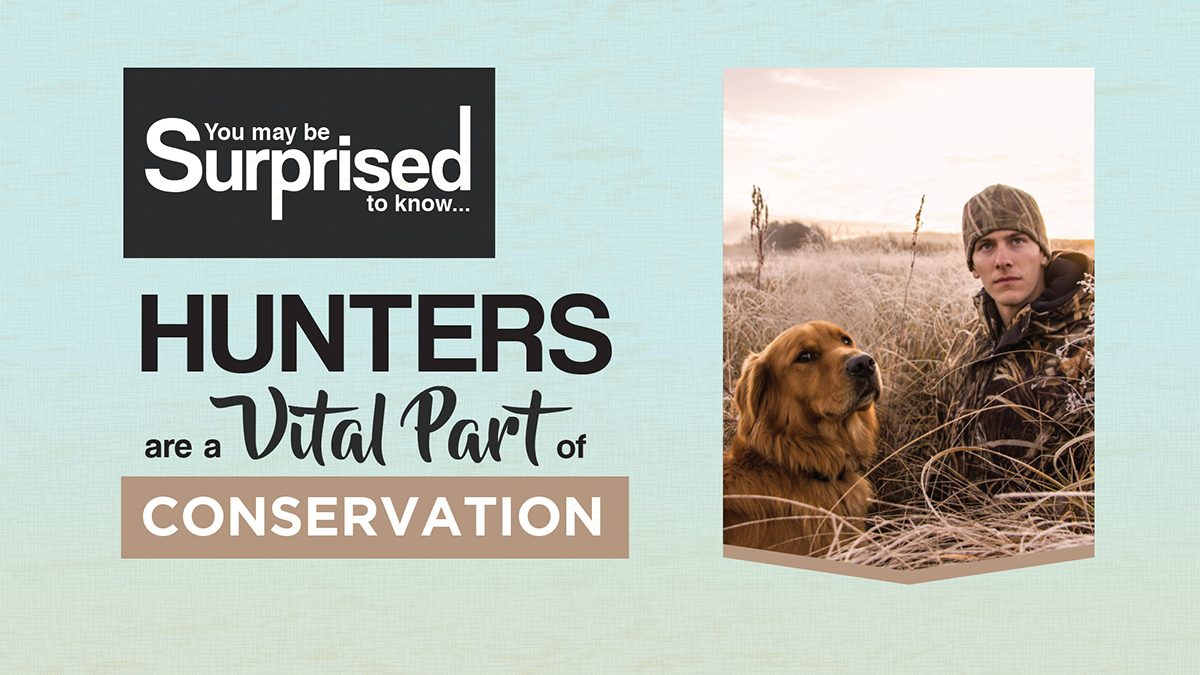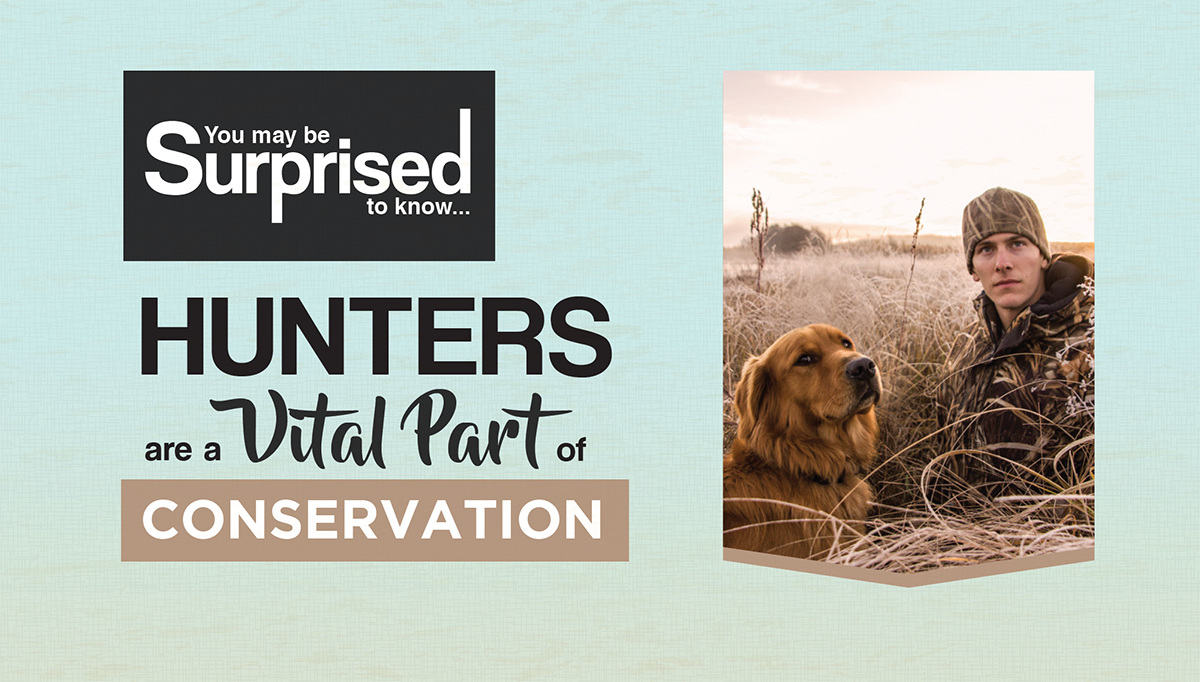
By Justin Morrissey
As a hunter and/or gun owner, do you know your role in conservation? Without diving too deep, here are three major ways hunters help wildlife through funding conservation efforts.
3 Major Funding Sources for Conservation
- Gear and Firearm Purchases (Federal Excise Tax)
- State Hunting Licenses (State)
- Federal Duck Stamp (Federal – USFWS)
So you see, from the moment you purchase hunting gear, a firearm or hunting license, you become part of the North American Model of Wildlife Conservation. It’s that easy! But where does the money go, how is it used and who benefits?
Who Benefits from Conservation Efforts?
First and foremost, the most important recipients of conservation efforts made possible by hunters are wildlife and the ecosystems in which they thrive. Regardless of how much each U.S. citizen contributes to conservation and public land acquisition, surely every citizen has access to the benefits. The U.S. public “owns” an amount of public land equivalent to the size of Colorado. And who pays for habitat improvement for that land? Mostly hunters and anglers.
Where Do Conservation Dollars Get Distributed?
Funds generated by hunting license fees go back to the state in which the license was purchased. So if you are buying resident hunting licenses in your home state, you are helping to fund conservation efforts by your state wildlife agency. If you hunt other states by purchasing non-resident licenses, you are helping to fund the conservation efforts in the state listed on your hunting license.
The costs of some equipment you buy, including firearms and ammunition, include a federal excise tax that has collected over $12 billion since it began in the U.S. in 1939 under the Pittman-Robertson Federal Aid in Wildlife Restoration Act. This funding supports conservation projects, wildlife research, hunter education, public shooting ranges and more. The total amount of federal funds generated from the Pittman-Roberston excise taxes are apportioned among all 50 U.S. states.
A total of 98 percent of duck stamp sales revenue goes toward the purchase and preservation of wetlands. Since 1934, more than 5.5 million acres of waterfowl habitat have been acquired for the National Wildlife Refuge System through duck stamp sales revenue. Over a billion dollars have been generated by this simple stamp that represents wetland conservation.
How are the Funds Used?
In America, wildlife agencies and hunters have worked cooperatively over the last century to create and maintain a favorable environment for wildlife. It’s important to emphasize the relationship between wildlife experts, who establish and monitor regulations, and hunters, who follow those regulations and also pay excise taxes on equipment and purchase permits and licenses that support wildlife agencies’ ability to acquire and maintain land.
These state and federal systems are just the foundation for hunter’s conservation efforts — there are many individuals who go up and beyond to restore wildlife habitat on private lands and also those who volunteer with wildlife conservation groups like Delta Waterfowl, National Wild Turkey Federation, National Deer Association, Rocky Mountain Elk Foundation and many others. There’s never been a more important time to know and share all of these facts, which is why the NSSF has created the attractive shareable infographic below.
We invite you to use the “You may be Surprised to know… hunters are a vital part of conservation” infographic to help promote a better understanding of hunting and hunters.
Help us spread this important information by sharing this infographic on social media. View more NSSF infographics from this series at nssf.org/infographics.
![Hunters are a Vital Part of Conservation [INFOGRAPHIC]](https://gunownerscare.wpenginepowered.com/wp-content/uploads/GOC-xsm.png)

